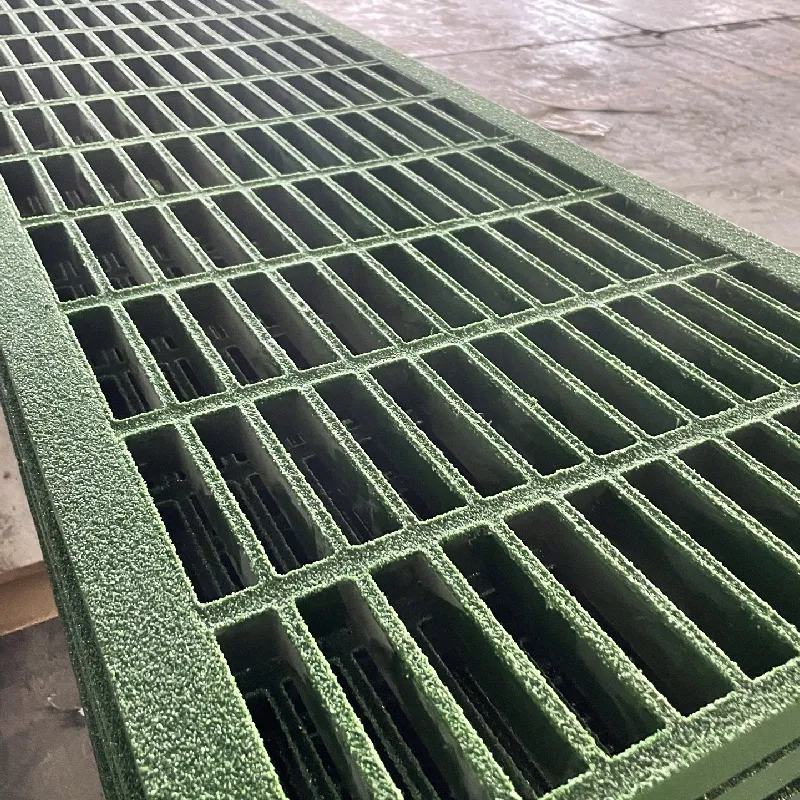loading...
- No. 9, Xingyuan South Street, Dongwaihuan Road, Zaoqiang County, Hengshui, Hebei, China
- admin@zjcomposites.com
- +86 15097380338
- Welcome to visit our website!
Exploring the Applications and Benefits of FRP Vessels in Modern Industries and Engineering Solutions
Advances and Applications of FRP Vessels in Modern Engineering
Fiber Reinforced Polymer (FRP) vessels have emerged as a pivotal innovation in modern engineering and manufacturing, playing a crucial role across various industries. The unique properties of FRP—such as high strength-to-weight ratio, corrosion resistance, and design flexibility—have made it an attractive alternative to traditional materials like steel and concrete for constructing vessels.
One of the most significant advantages of FRP vessels is their lightweight nature. When compared to traditional materials, FRP vessels weigh significantly less, which can reduce transport and installation costs. This is particularly advantageous in industries like aerospace and marine engineering, where weight reduction directly contributes to improved fuel efficiency and performance. The ability to fabricate complex shapes and sizes also allows for innovative designs that can enhance the functionality of the vessels.
Advances and Applications of FRP Vessels in Modern Engineering
In recent years, advancements in composite materials technology have further enhanced the properties of FRP vessels. Innovations such as nanocomposites and hybrid materials have significantly improved their mechanical and thermal performance. These enhancements make FRP vessels even more suitable for demanding applications, including high-pressure environments found in oil and gas extraction and storage.
frp vessels

The applications of FRP vessels are widespread and diverse. In the water treatment industry, for instance, FRP tanks are commonly used for the storage and transportation of chemicals and water. Their non-corrosive nature ensures purity and safety, which is crucial for both potable water and wastewater treatment processes. Additionally, FRP vessels are increasingly utilized in the oil and gas sector for storing corrosive materials, where their durability and resistance to harsh chemicals are indispensable.
Moreover, in the renewable energy sector, FRP vessels play a vital role in the development of sustainable technologies. Wind turbine blades, often made from FRP, represent a significant advancement in harnessing renewable energy. The lightweight and high-strength properties of FRP contribute to the efficiency and effectiveness of these turbines, ultimately supporting a transition toward greener energy sources.
The potential for FRP vessels is continually expanding as research and technology advance. Ongoing studies focus on improving the recyclability of FRP materials, addressing environmental concerns associated with composite waste. As these materials become more sustainable, their adoption across various industries will likely increase.
In conclusion, FRP vessels represent a remarkable convergence of innovation and practicality in modern engineering. With their lightweight properties, corrosion resistance, and versatility, they have become indispensable in multiple sectors, including water treatment, oil and gas, and renewable energy. As technology continues to advance, the future of FRP vessels looks promising, paving the way for even greater applications and sustainability in engineering practices. The continued research and development in this field will undoubtedly reveal new possibilities and improvements, ensuring that FRP vessels remain at the forefront of material science and engineering solutions.
-
GRP Structures: The Future of Lightweight, High-Performance EngineeringNewsJun.20,2025
-
FRP Water Tank: High-Performance Storage for Corrosive and Clean Water SystemsNewsJun.20,2025
-
FRP Square Tube: The New Industry Standard for Chemical and Structural ApplicationsNewsJun.20,2025
-
FRP Pultruded Profiles: The Ultimate Choice for Lightweight Structural StrengthNewsJun.20,2025
-
FRP Handrails: The Safer, Smarter, and Stronger Choice for Modern InfrastructureNewsJun.20,2025
-
FRP Grating: The Smart Solution for Durable, Lightweight Industrial FlooringNewsJun.20,2025
-
Why Choose a Galvanized Water Tank for Your Storage NeedsNewsMay.21,2025
